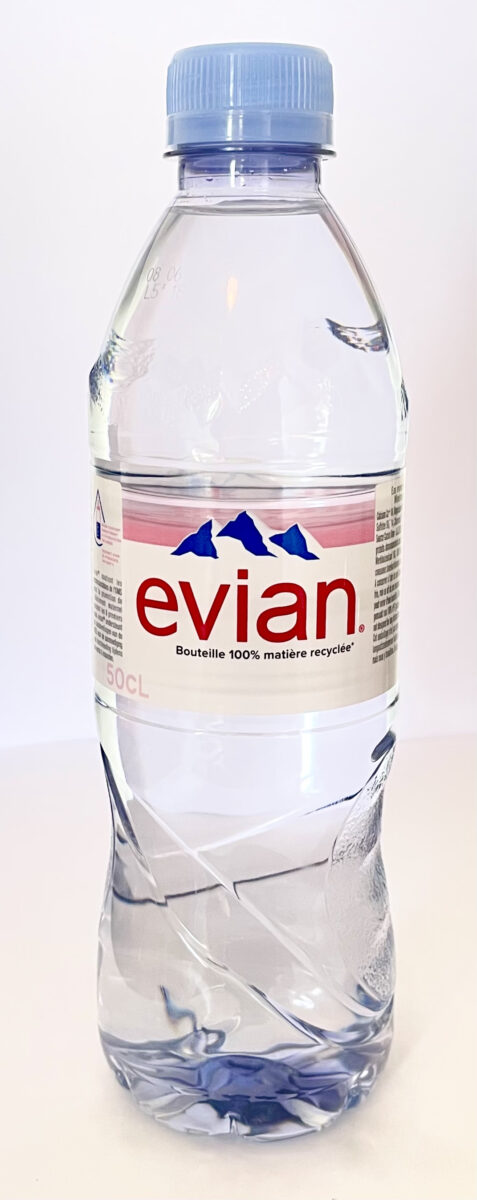Ampacet Adds Acetaldehyde Scavenger for PET and rPET Water Bottles

Additive is formulated to reduce AA content by up to 80 percent
Polyethylene terephthalate is an obvious choice for a lot of food and beverage packaging, but it has tradeoffs. One is generation of acetaldehyde (AA), a byproduct of thermal degradation that occurs during injection molding or extrusion. In water bottles especially this is a problem since AA, though minimal, affects the taste of water.
Resin producers have dealt with this for years by adding AA scavengers to formulations, including most recently recycled PET (rPET). Nevertheless, the search continues for more effective scavengers.
The latest supplier to develop an acetaldehyde scavenger is masterbatch producer Ampacet, of Tarrytown, N.Y. AA Scavenger 0846 is an additive that’s formulated to reduce the level of acetaldehyde in PET and rPET-content bottles by up to 80 percent, at what Ampacet describes only as a “very low addition rate.”
The additive’s use in rPET is said to improve the recyclability of that material by permitting higher percentages of it in PET bottles and preforms.
Ampacet Adds Additive for UV Protection
Acetaldehyde isn’t the only focus of recent developments at Ampacet. The company has commercialized 7000163-N PET UV Absorbers (UVA), an FDA-approved masterbatch that protects PET and rPET-content food packaging as well as personal care and household products from UV light. PET UVA reportedly extends food freshness, prolongs shelf life and reduces waste from spoilage.
PET UVA can be used in blow molding and film and sheet extrusion. Ampacet says it maintains high clarity. UV transmission is less than 10 percent at 13 mils up to 390 nm with a 1 percent LDR. It significantly reduces the cost of UV protection for PET packaging by providing benefits with LDRs of 0.4 to 0.8 percent, based on performance requirements.
A version of the additive is available for polyethylene and polypropylene packaging.
